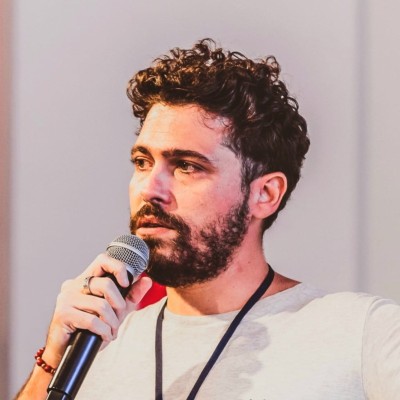International LGBTQIA+ Pride Day is celebrated on June 28 to commemorate the achievements of the LGBTQIA+ community and remember the daily struggle for respect for diversity, fundamental civil rights and affirmative policies against discrimination.
But how did it come about?

It all started with the Stonewall Riots on June 28, 1969, at the Stonewall Inn, a gay bar in the village of Greenwich, New York. At that time, police raids on gay bars were common, resulting in assaults and arrests, due to the oppressive anti-LGBT laws in force.
On the night of June 27, 1969, another such raid was carried out at the Stonewall Inn, but unlike the previous times, the bar’s patrons resisted. Tired of this violence, activists gathered outside the Stonewall Inn in the early hours of June 28, 1969, and threw rocks at the police.
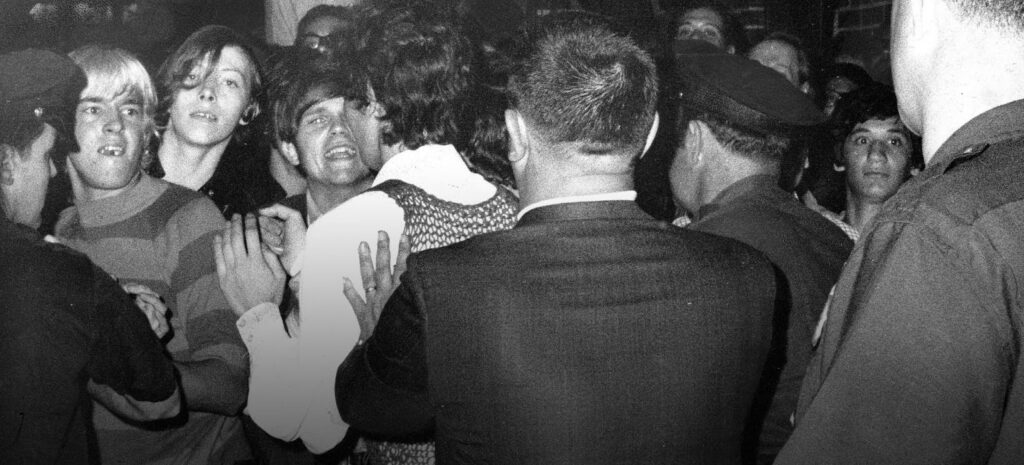
The riot lasted for several days, with clashes between police and the LGBT community, marking a turning point in the LGBT rights movement. This event, also known as Christopher Street Liberation Day, became an important symbol in the history of the LGBTQIA+ community and marked Pride Day.
This resistance was not an isolated act, but rather the culmination of years of accumulated frustration and outrage. LGBT people, especially those most marginalized within the community itself, such astrans women and transvestites played a crucial role in this uprising.

They were on the front lines during the Stonewall Riots, standing up to police brutality and fighting for rights. Marsha P. Johnson (right) and Sylvia Rivera (left), two trans women, were key figures in this historic moment. Their voices and courage contributed to the creation of the LGBT pride movement and the visibility of the community.
The story of Stonewall and trans activists is a powerful reminder that social progress is achieved through courage and collective action. Celebrating Pride is about honoring this legacy and continuing the fight for a world where everyone is free to be who they are, without fear of persecution or discrimination.
Since then, LGBT+ Pride Month has been celebrated in June around the world, reminding us of the importance of continuing to fight for equality, respect and rights for all people, regardless of their sexual orientation or gender identity.
On an international level, it is important to remember that 34 years ago, on May 17, 1990, the World Health Organization (WHO) removed homosexuality from the International Classification of Diseases (ICD). On that day, we celebrate the International Day Against LGBTphobia around the world. This decision was a crucial step towards understanding homosexuality as a legitimate sexual identity that does not require a “cure”. Although there is still much to be done in terms of equality and combating homophobia, this date marks a significant advance in the fight for LGBTQIA+ rights.
The importance of LGBT Parades
LGBT+ parades have significant relevance as they combine celebration, visibility and political activism.
Pride parades provide a space where LGBTQIA+ people can express themselves freely, show their identity and affirm their existence. This visibility is crucial to combating stereotypes and prejudices. By taking to the streets, the LGBTQIA+ community becomes more visible to society at large.
Contrary to what many may think, even people from the community itself,parades are not just parties, they are political demonstrations. They remind us that there is still much to be achieved in terms of equality and rights.
The parades reinforce demands for anti-discrimination laws, equal marriage, access to health care and inclusive education. And that the rights already won are maintained, since there is a strong movement wanting to take away rights already won, such as equal marriage, the right to a social name, among others.
Furthermore, the parades bring together people of different backgrounds, ages and orientations, creating a sense of community and belonging, strengthening the collective struggle for rights and respect.
As seen, the parades have their roots in the Stonewall Rebellion, a milestone in the fight for LGBTQIA+ rights, so they also remind us of the courage of pioneering activists in celebrating pride, honoring the history and achievements of the community.
Therefore, LGBT+ parades are more than colorful parties, they are spaces of resistance, celebration and social transformation.
It is worth noting that the LGBT+ Parade in São Paulo is considered the largest LGBT+ Parade in the world, with around 3 million people present throughout the day in 2024!
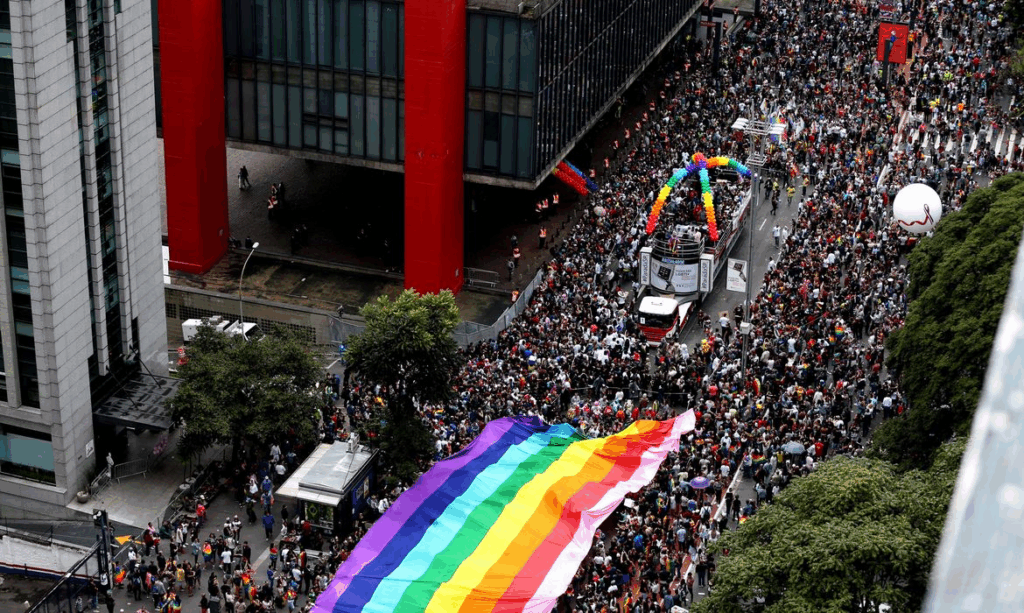 22nd LGBT+ Parade in São Paulo, the biggest LGBT+ parade in the world!
22nd LGBT+ Parade in São Paulo, the biggest LGBT+ parade in the world!
May we continue to celebrate diversity, support each other and fight for a more inclusive and fair world for all people!
 BLOG
BLOG
